
MAY CONTAIN NUTS

Search Shorpy
SHORPY ART

Framed or unframed, desk size to sofa size, printed by us in Arizona and Alabama since 2007. Explore now.
Join and Share
Ad-Free Shorpy
Shorpy is funded by you. Patreon contributors get an ad-free experience.
Learn more.

Recent comments
- Details, Details
- What's that building to the left of the tower?
- Coal Barges
- Bromo-Seltzer
- Inner harbor
- The Basin
- What a headache!
- Giant stepladder?
- Baldwin 62303
- Baldwin VO-1000
- Cold
- No expense spared
- Tough Guys
- Lost in Toyland
- And without gloves
- If I were a blindfolded time traveler
- Smoke Consumer Also Cooks
- Oh that stove!
- Possibly still there?
- What?!?
- $100 Reward
- Freeze Frame
- Texas Flyer wanted
- Just a Year Too Soon
- WWII -- Replacing men with women at the railroad crossing.
- Yes, Icing
- You kids drive me nuts!
- NOT An Easy Job
- I wonder
- Just add window boxes
Member Photos
The Shorpy
Print Emporium
Print Emporium
Search Shorpy
Search results -- 30 results per page
- Japanese Emporium: 1901
- ... I read that the first paved roads and road maps had bikes in mind. I'm lovin' the new series.
Still legitimate transportation. ... Posted by Dave - 08/28/2020 - 1:30pm -
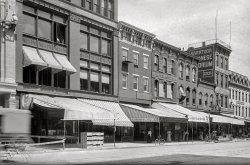
- River City: 1900
- ... area that rent out kayaks, canoes, water boards, and water bikes so one can paddle in the Erie Canal and Buffalo River to investigate the ... Posted by Dave - 09/22/2017 - 8:39am -
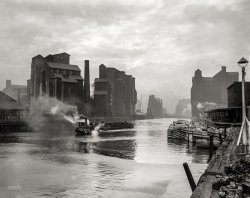
- The Sidney Ohio Cycling Club circa 1900
- ... to get into the picture. Also there are 19 riders and 20 bikes which suggests the photographer was one of the group.
The original ... Posted by Karlheck - 07/09/2009 - 5:38pm -
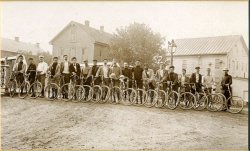
- Capitol Square: 1910
- ... bike locks exist back then? I wish we could leave our bikes at the curb today.
(The Gallery, Bicycles, DPC) ... Posted by Dave - 10/06/2020 - 11:34am -
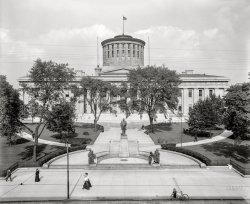
- Eagle-Picher: 1943
- ... you could drive through there and see local kids riding bikes and ATVs up and down the piles for fun.
If you're ever traveling I-44 ... Posted by Dave - 05/15/2018 - 11:38am -
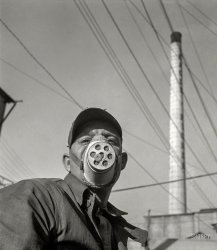
- Washington Whizzers: 1941
- ... Roberts. View full size.
Vive La France bikes on the left, 1940-ish vintage.
(The Gallery, Bicycles, D.C., Martha ... Posted by Dave - 09/23/2017 - 3:59pm -
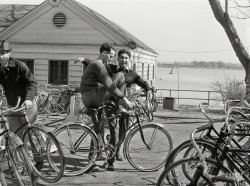
- Bricks and Mortar: 1901
- ... seems to be expanding. And for you cyclists: Please, no bikes on the railroad right-of-way. 8x10 inch glass negative. View full size. ... Posted by Dave - 10/20/2012 - 10:56am -
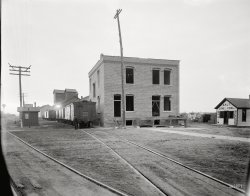
- Rock and Roll: 1905
- ... size.
Bike tires Why are all the tires on the bikes and chairs a grey color? Was that standard back then?
[Early tires ... Posted by Dave - 01/07/2014 - 10:58am -
![Rock and Roll: 1905 Florida circa 1905. "Palm Beach Hotel." Offering various modes of transport, including chairs that rock and ones that roll. 8x10 glass negative. View full size.
Bike tiresWhy are all the tires on the bikes and chairs a grey color? Was that standard back then?
[Early tires did not have carbon black added to the rubber, which is naturally white. These have gotten dirty in use. -tterrace]
(The Gallery, Bicycles, Boats & Bridges, DPC, Florida)](https://www.shorpy.com/files/images/SHORPY_4a12553a.thumbnail.jpg)























